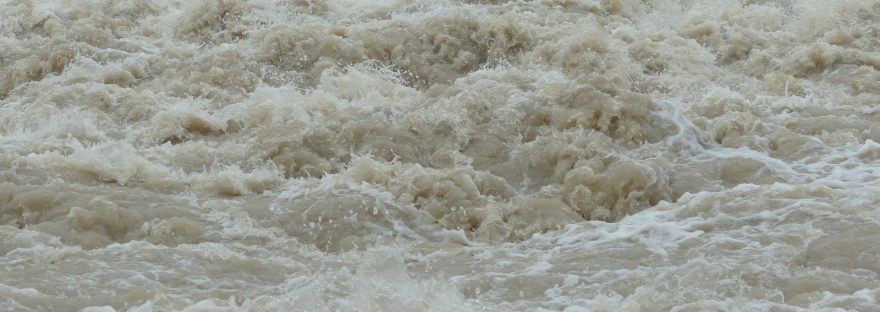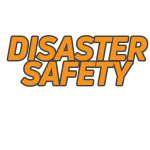Weather.com Flood and Flash Flood Facts:
During recent years, floods and flash floods have caused billions of dollars in damage each year. They are among the most common and widespread of all natural hazards.
Even more importantly, they’re the number one weather-related killer. A flood can happen anywhere along the Mississippi, in New England, even in the desert.
Some fascinating facts about floods and flash flooding.
A Flood (commonly called river flood) is a high flow or overflow of water from a river or similar body of water, occurring over a period of time too long to be considered a flash flood.
Flooding is caused in a variety of ways. Winter or spring rains, coupled with melting snows, can fill river basins too quickly. Torrential rains from decaying hurricanes or other tropical systems can also produce river flooding. The Mississippi River Flood of 1993 was caused by repeated heavy rain from thunderstorms over a period of weeks.
Flash Floods are quick-rising floods usually occurring as the result of heavy rains over a short period of time, often only several hours or even less.
They can also be caused by ice jams on rivers in conjunction with a winter or spring thaw, or occasionally even a dam break. The constant influx of water finally causes a treacherous overflow to begin, powerful enough to sweep vehicles away, roll boulders into roadways, uproot trees, level buildings, and drag bridges off their piers. Most frightening is the rapidity with which the water rises.
Coastal Flooding occurs when strong onshore winds push water from an ocean, bay or inlet onto land. This can take the form of storm surges associated with tropical storms and hurricanes, or can be associated with non-tropical storms such as “nor’easters.”
Helpful Links:
Ready.gov – Flood information
National Weather Service – Flooding Safety Tips and Resources
U.S. Geological Survey – Flood Information



